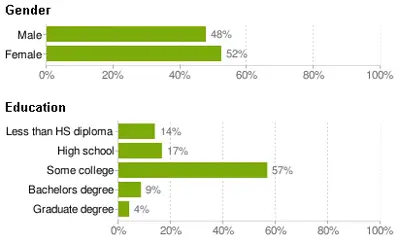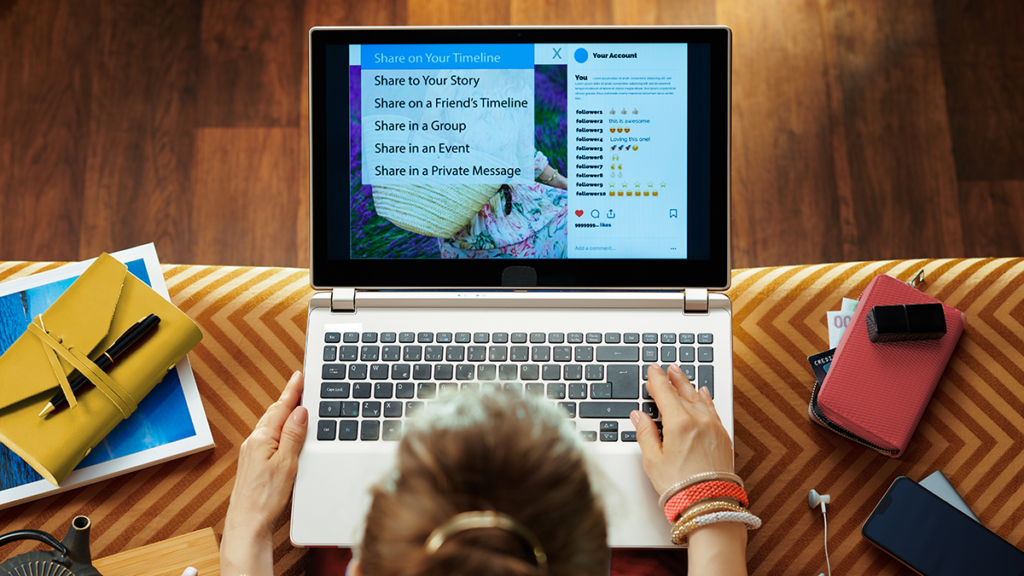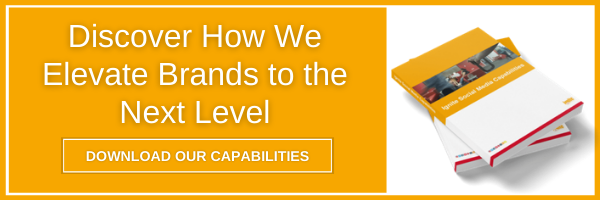
30 Oct A Guide to Understanding Ad Policies and Restrictions on Social Media
Social media networks have gained a lot of criticism over the years for what they deem inappropriate or flag as an asset that doesn’t comply with their ad policies and content guidelines. Just earlier this month, The Seed Company by EW Gaze shared how Facebook deemed an image of onions overtly sexualized and restricted their ad from running. Sometimes these are pretty hilarious, but these restrictions are in place for the right reasons… to protect users.

With over 13 years of experience creating content and running social media ads for brands in almost every type of industry, we’ve also run into our fair share of issues. Some of these issues relate to technical formatting, some relate to politics and other sensitive topics. Here are just a few examples our content and media team has shared that could be beneficial to your brand.
- When creating Instagram Story polls, you cannot select a poll option within a carousel format, you can only select to “add a poll” for a single image/video.
- Facebook donation ads, offer ads, and ads using stock images only support 1.91:1 image ratio.
- LinkedIn and Twitter polls do not allow images to be attached.
- Facebook has a “personal health” restriction that prevents “before and after” images as well as images that overtly promote weight loss or body shaming.
- Facebook ads can’t ask a question or make an assumption about a user’s personal attributes, such as a medical condition.
- Take caution with content that could be seen as political. For example, a blog post about cleaning the ocean could be viewed as a political stance and flagged.
- Networks restrict the sale of body parts and bodily fluids (which makes sense), but meat products can easily be misconstrued as these items and your ads restricted from running.
- In regards to Facebook’s Rights Manager, the platform is now allowing select users to monitor who uses their content and give them the ability to issue takedown requests.
- Facebook recently reported that they’d be removing the “20% rule” which restricts ads that include more than 20% text in the main image, but they still recommend keeping text limited in creative as a best practice.
It’s no surprise that both Facebook and Instagram are mentioned the most on the list above. That said, every network has its own set of ad policies and content restrictions. There are many commonalities across the board, but here’s a quick cheat sheet followed by links to the rules of each network for your convenience.
Ad Policies and Content Restrictions Across All Networks
- Most networks strive to review your ad with 24-hours or less of submission.
- Networks specifically look at the ad images, text, targeting and positioning, and landing page content associated with your ad.
- Each network has its own rules for both prohibited content and restricted content.
- LinkedIn, Pinterest, TikTok, and Twitter all prohibit any form of political advertising.
- No ad on any network can imply an endorsement by the network in which it’s being run on (including the usage of bitmoji artwork in Snapchat Ads).
Links to Each Network’s Rules
Here’s hoping your ads continue to thrive without any restrictions now that you’re armed with how each network enforces its policies. If you have any questions about the items above, feel free to contact us. Alternatively, keep yourself up to date on the latest news and trends in the industry by subscribing to our newsletter below.
Subscribe to Social You Should Know







